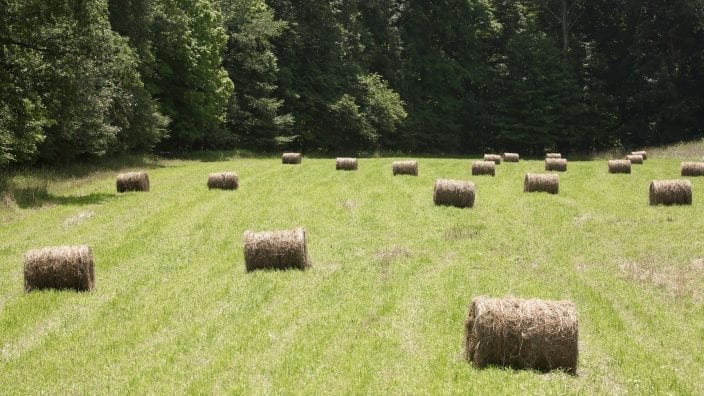Farmer’s Guide to Trucking Regulations available to Ohio Farm Bureau members
The guide includes a farm driver checklist, overview of state and federal regulations and exemptions, CDL qualifications and more.
Read More
Hello, everyone!
I hope you have been able to make the most of our dry weather to put in your garden, plant your fields and spend some time with family and friends outside.
As we move into the summer and approach our first cutting of hay, I have been receiving a few questions about splitting hay on “shares.”
Splitting hay on shares is an agreement between the person who owns the hay field, and the person that owns and operates the hay equipment to split the amount of hay produced as a form of payment.
Common arrangements are splitting the hay (operator/landowner) 50/50, 60/40 and 75/25. The amount, or share, that is split depends on several factors — who pays the fertilizer bill, quality of hay, quantity of hay, etc. Generally speaking, whoever provides more to the production of the hay crop will receive a greater portion of the share.
Going in on shares for a hay crop does present some challenges that you should be aware of. The biggest concern is getting an accurate count of the hay so that an accurate split can be made.
I can hear you thinking “counting bales isn’t that hard” but have you ever pulled your hair out trying to count a poorly stacked wagon of hay when the bale counter broke? Think about how you will separate the shares of hay before the first windrow is baled up to prevent any hard feelings or conflict.
It’s much easier to count round bales, large square bales or simply by the ton if you have easy access to a scale.
The other, and bigger concern, is that most of these agreements are verbal agreements without a written contract. In the absence of a written agreement, a business partnership between the landowner and operator could inadvertently be made.
Under normal circumstances this may not be an issue, but if there were an accident in the course of making hay, both parties could be held liable.
For example, if the operator pulls out of the hay field with a load of hay, and strikes a car in the process, the landowner may be at financial and legal risk for the accident. The financial and legal risk would also extend to the operator if the landowner causes an accident.
There are a couple of ways to prevent the legal issues. One is to have a written and signed contract stating that the shares arrangement does not reflect an intention to enter into a business partnership.
Once you have a draft document written up, it would be recommended to have it reviewed by a lawyer to make sure that both parties are protected.
It is also recommended that both the landowner and operator have adequate liability policies. If you are farming, you should have one anyway to protect yourself even if you are not farming on shares.
There are other ways to split hay without the common shares agreement that may offer more protection, too. Renting by the acre, custom harvesting, paying market prices, etc., are all safer options. Whatever method you choose, be sure to have a written agreement.
Putting up hay is a dangerous operation, so please be safe this weekend! PTO shaft guards, slow-moving vehicle signs, shielding on equipment and proper training are all essential to make sure that everyone sees another hay season with all limbs and digits attached. Accidents can happen in a split second with lifetime consequences. Always think ahead and prepare for the worst and hope for the best. Stay safe out there!
If you have any questions on farm leases, rental rates, crop shares or farm safety, you can reach me at 330-638-6783. OSU Extension Trumbull County is still working from home, but we are working on returning to the office soon.
If you need a soil test kit, have plant samples, or other items that you need help with give us a call.
Take care and stay healthy.
Submitted by Lee Beers, an OSU Extension Educator, who can be reached by email or by phone at 330-638-6738.
OFBF Mission: Working together for Ohio farmers to advance agriculture and strengthen our communities.


The guide includes a farm driver checklist, overview of state and federal regulations and exemptions, CDL qualifications and more.
Read More


Ohio Farm Bureau provides opportunities, platforms and resources to help you develop your voice in the industry and give farmers a seat at the table with leaders and legislators.
Read More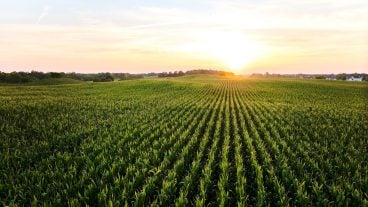
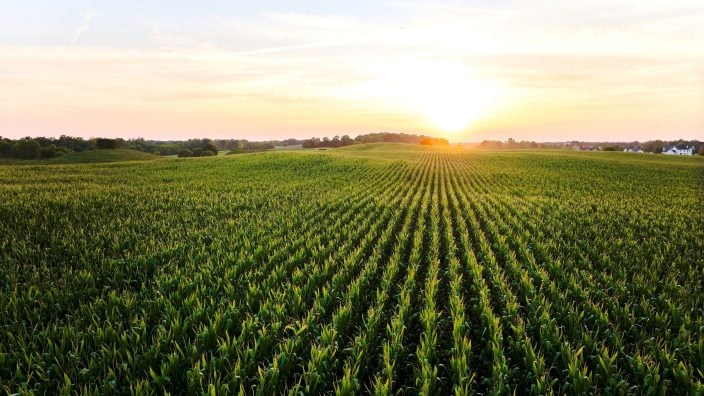
The emergency fuel waiver to allow the sale of summer gasoline blends containing 15% ethanol will lengthen the period during which Americans can continue buying E15 from June 1 to Sept. 15.
Read More

The Small-Scale Food Business Guide covers federal and state regulations for selling food products such as raw meat, dairy, eggs, baked goods, cottage foods, fruits and vegetables, honey and more.
Read More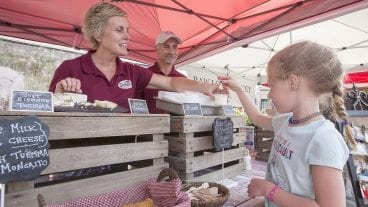
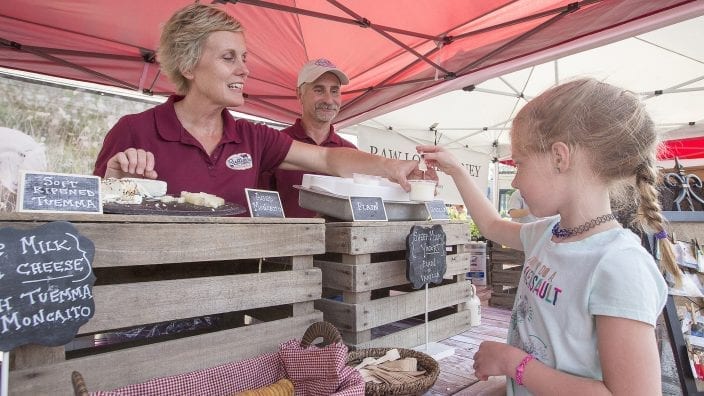
New resources and technology are broadening the different types of sales tools and strategies available to farmers.
Read More

ODA will enroll 500,000 acres into the program for a two-week sign-up period, beginning April 22, 2024, through May 6, 2024. Contact local SWCD offices to apply.
Read More

Katie Share of Columbus has been named ExploreAg and Youth Development Specialist for Ohio Farm Bureau.
Read More

Mary Klopfenstein of Delphos has been named Young Ag Professional and Ag Literacy Program Specialist for Ohio Farm Bureau.
Read More

The plan has been updated to give sole proprietors access to more rate stability and a smart solution that offers potential savings on health care.
Read More

The American Farm Bureau Federation, in partnership with Farm Credit, is seeking entrepreneurs to apply online by June 15 for the 2025 Farm Bureau Ag Innovation Challenge.
Read More